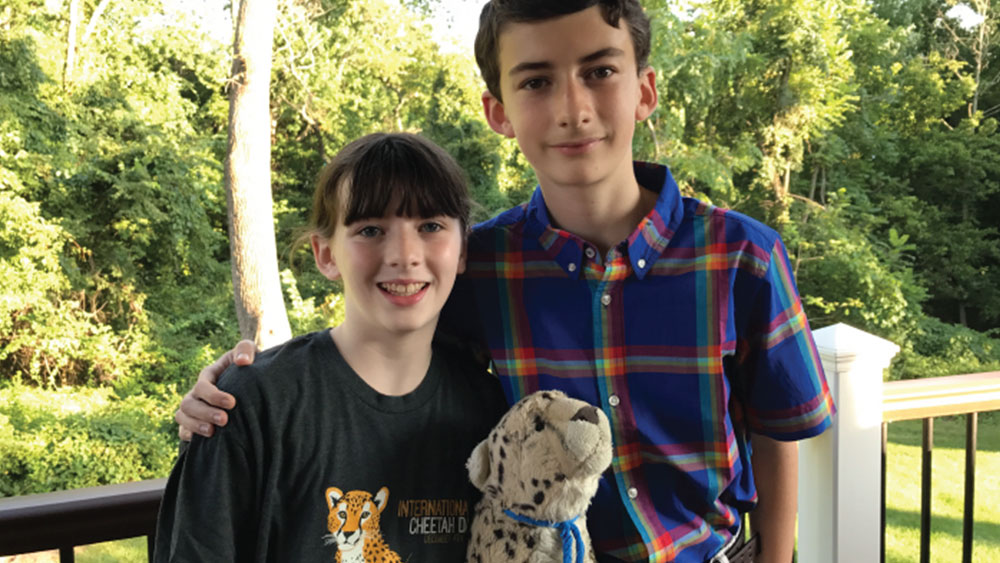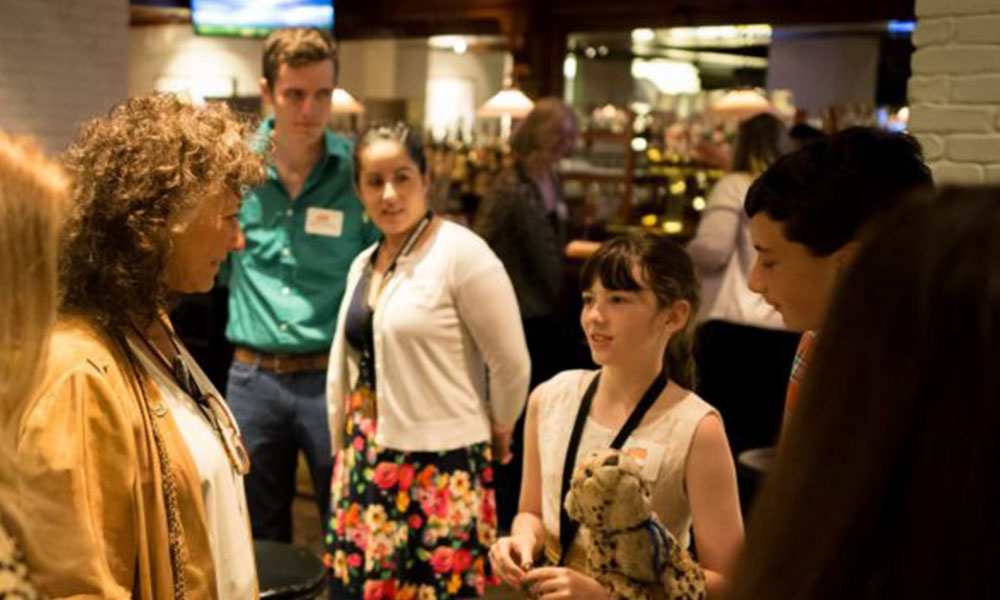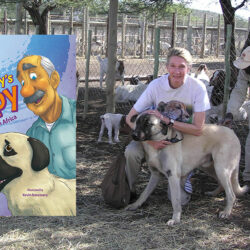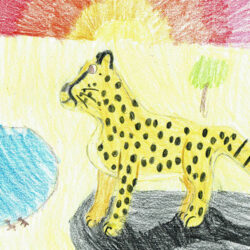Middle-School Kids Write Scientific Paper on “Cheetah Safety Corridors”
-

- by CCF Staff October 1, 2017

Last year, CCF announced an essay competition for children, to explain why they thought cheetahs were worth saving. There were many wonderful essays submitted, but one of them explained that, not only were cheetahs worth saving, but described an interesting idea to help save them. In their essay, Evelyn Acton, now age 11, and her brother, Joseph, age 12, described the notion of a “cheetah safety corridor”, in which a safe zone of land was used to connect different groups of cheetahs, to reduce human-cheetah conflict, and to help improve their genetic diversity. Since then, Evelyn and Joseph, who attend Keith Valley Middle School, in Horsham, Pennsylvania, have gone on to develop computer simulations of cheetahs, to see how effective safety corridors would be, and have written and submitted a scientific paper on the idea to a peer-reviewed journal.
We asked Evelyn what led them to work on the idea of simulating cheetah safety corridors, “When we thought of the cheetah safety corridor, I wanted to do more than just write an essay for CCF – I wanted to get out to Namibia and build them (I’m a bit impatient)! Of course, my Dad said that would be difficult for a kid, but then he said why don’t we do some computer simulations instead, to see if they would even work. My Dad is a scientist, so he said he would help get us started. My brother is really good at computers, so I asked him to help”.
Joseph takes up the story, “I wrote a program in BASIC* to simulate cheetahs roaming in a region of southern Africa. You could see on the screen the cheetahs moving around – some of them got killed by farmers, and some of them met other cheetahs”.

Evelyn continues, “As soon as we simulated a safety corridor, the results were amazing! Cheetahs lived years longer, traveled miles without being killed by farmers, and interacted with cheetahs from other groups, improving their genetic diversity. We were so excited that we wanted to tell people all about it! Then we found out about a scientific journal, called ‘The Journal of Emerging Investigators’, for middle-school and high-school kids. So, we wrote about our simulations, and my Dad edited the paper, and put it into ‘scientist-speak’, and we submitted it”.
Evelyn and Joseph submitted their paper, entitled “Computer Simulations of Cheetah Roaming, and the Effects of Safety Corridors on Cheetah-Human Conflict and Genetic Diversity”, to the Journal of Emerging Investigators – it is currently undergoing peer-review.
Over the past 4 years, Evelyn and Joseph have raised money for CCF’s work, and have given presentations at their schools to raise awareness of the challenges faced by cheetahs. Performing their own scientific research was the next step, and should provide encouragement to children everywhere that they, too, can take an active role in CCF’s mission. Looking to the future, Evelyn wants to continue her scientific career, and hopes, one day, to become a conservation biologist, working with cheetahs at CCF in Namibia – following in the footsteps of her hero, Dr. Laurie Marker.
*BASIC stands for Beginner’s All-purpose Symbolic Instruction Code and is a computer programming language.
Related Reading
-
February 1, 2024
Mr. Poofy’s Puppy -
April 24, 2023
Stella: A 7 Year-Old Khaleesi Super-Fan




